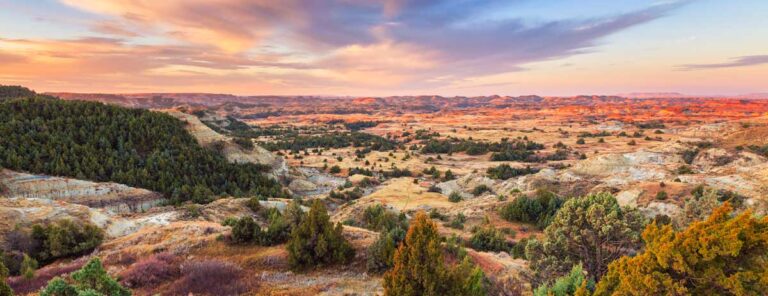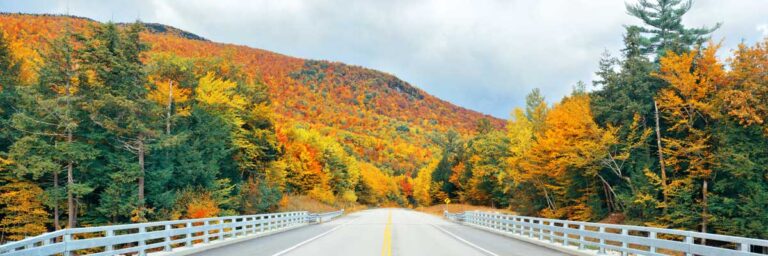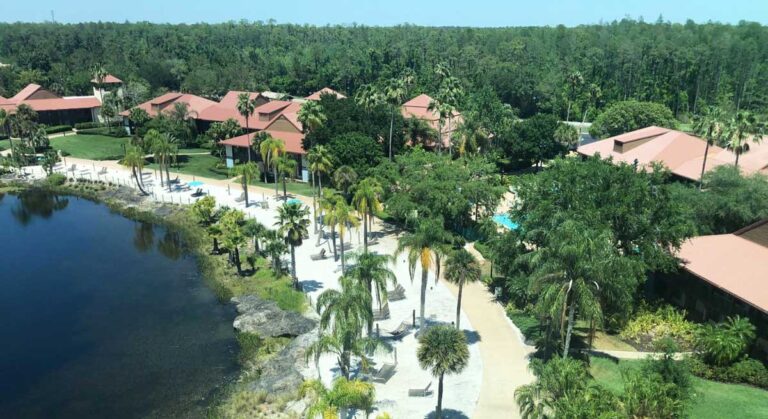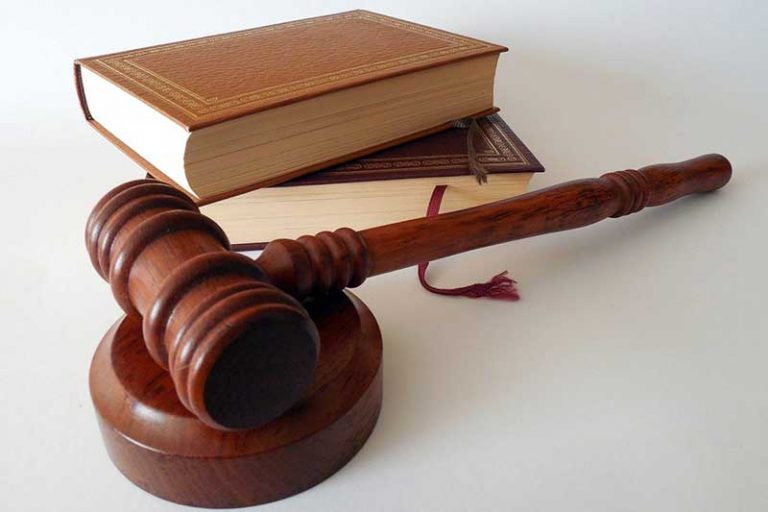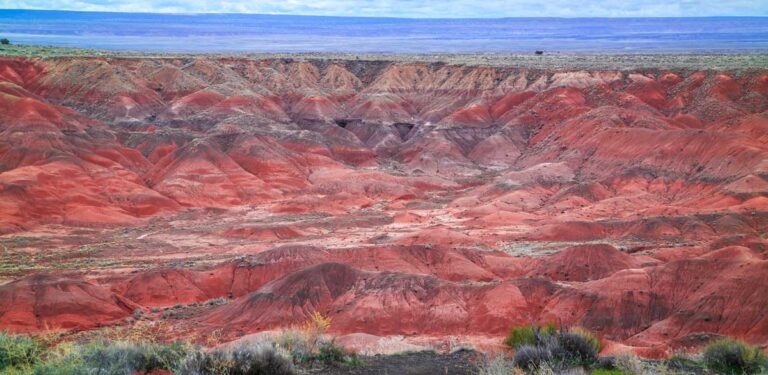What is Georgia Known For? (27 Famous Things, People & Places)
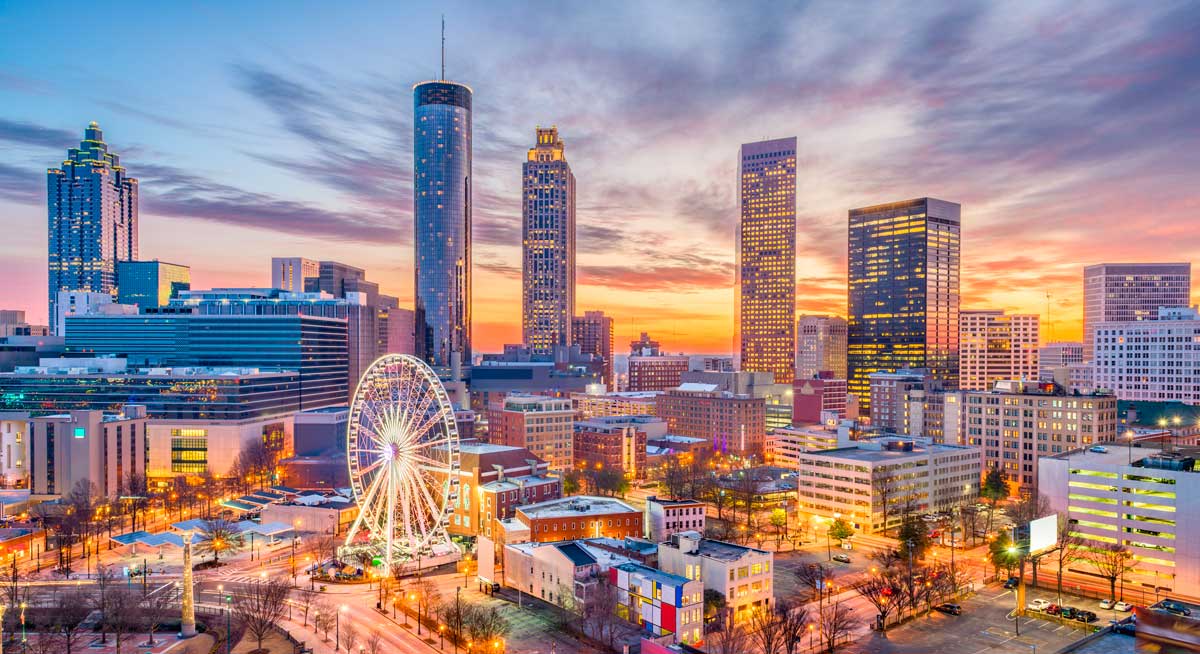
What is Georgia Known For?
Georgia is known for its American Civil War sites, rich history from the Civil Rights Movement, wonderful nature like the Appalachian Trail and the eerily unique Driftwood Beach on the Atlantic Ocean, and its major cities like Atlanta and Savannah.
Read on to learn more about this interesting state in the Southeastern United States!
Contents
- 27 Things Georgia is Known For
- 1. Delta Airlines
- 2. Coca Cola
- 3. The Garden of Good and Evil
- 4. Grits
- 5. The Ring Shout
- 6. Alan Jackson
- 7. Ma Rainey
- 8. Johnny Mercer
- 9. The Gold Rush
- 10. Etowah Mounds
- 11. James Oglethorpe
- 12. Stone Mountain
- 13. Franklin Delano Roosevelt
- 14. Jefferson Davis
- 15. The Appalachian Trail
- 16. Georgia’s Little Grand Canyon
- 17. Babyland General Hospital
- 18. Driftwood Beach
- 19. Cumberland Island
- 20. The Village of Helen
- 21. Centennial Olympic Park
- 22. Flannery O’Connor
- 23. Wineries
- 24. Martin Luther King Jr.
- 25. The Atlanta Cyclorama
- 26. The Jekyll Island Club House
- 27. Georgia Guidestones
Advertising Disclosure: What States is a for profit reference website, supported by advertisements. Thank you for supporting our mission to make geography fun for all!
27 Things Georgia is Known For
1. Delta Airlines
Delta Airlines is headquartered in Atlanta, which for many years was the world’s busiest airport. Delta is one of the oldest airlines in operation (founded in 1925) and is the second- largest airline in the world (in terms of fleet size, revenue, and the number of passengers carried).
When the company first began, its main purpose was using crop duster planes to combat the boll weevil pests impacting cotton production in the South.
❗ Trivia Time: Did you know that Georgia is known as the Peach State? Do you know which state is the Volunteer State?
2. Coca Cola
A popular tourist destination in Atlanta is the World of Coca-Cola. At this large museum, guests can taste sodas from around the world, learn about the company’s history, and even see the vault where the secret Coca-Cola recipe is safeguarded.
3. The Garden of Good and Evil
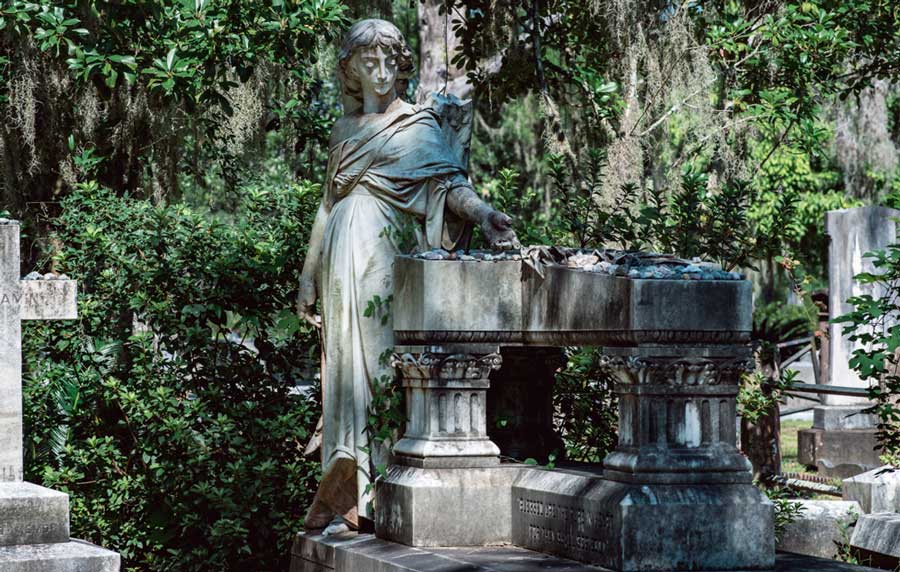
Midnight in the Garden of Good and Evil is a famous non-fiction book set in Savannah, written by John Berendt. It is one of the longest-standing books on the New York Times Best-Seller list. The story surrounds a young man’s murder at the hands of a Savannah antique dealer.
The statue on the book’s cover (pictured above) is the Bird Girl statue, originally located at Savannah’s famous Bonaventure Cemetery.
4. Grits
It’s an accurate stereotype that people in the American South are obsessed with grits, and Georgia is no exception. Grits are a coarsely ground corn porridge of Native American origin. They are usually seasoned with salt and butter.
5. The Ring Shout
The Ring Shout, still performed on Georgia’s coast, is a traditional African American performance that combines dancing in a ring, percussion, and call-and-response singing.
It may be the oldest-surviving African American performance in North America. Though it originated during slavery, the tradition is still performed on New Year’s Eve in a community called Bolden.
6. Alan Jackson
Alan Jackson is a country singer from Georgia. He was inducted into the Georgia Music Hall of Fame in 2001. Several songs refer to his upbringing in Georgia. One of the most popular is “Chattahoochee,” about growing up near the Chattahoochee River that flows from northern Georgia.
7. Ma Rainey
Gertrude “Ma” Rainey was a blues singer who was born and died in Columbus, Georgia (1886-1939). She is sometimes considered the “Mother of the Blues” and is most famous for the song “Ma Rainey’s Black Bottom.” August Wilson wrote a 1982 play of the same name about the recording of the song. It has been adapted into a Netflix movie.
8. Johnny Mercer
John Herndon (Johnny) Mercer was a singer/songwriter from Savannah. During his active years (1930-1976), Mercer wrote over 1,500 songs, including the famous “Moon River.” As a Georgia teenager during the jazz age, Mercer was greatly influenced by local black musicians, including Ma Rainey.
9. The Gold Rush
Everyone knows about the California Gold Rush in 1849, but fewer people know about the Georgia Gold Rush in the early 19th Century. It was the second major gold rush in the United States, following the first gold rush in North Carolina.
By the 1840s, gold was difficult to find in Georgia, so miners began to move west. In the 19th Century, there were over 500 gold mines in Georgia.
10. Etowah Mounds
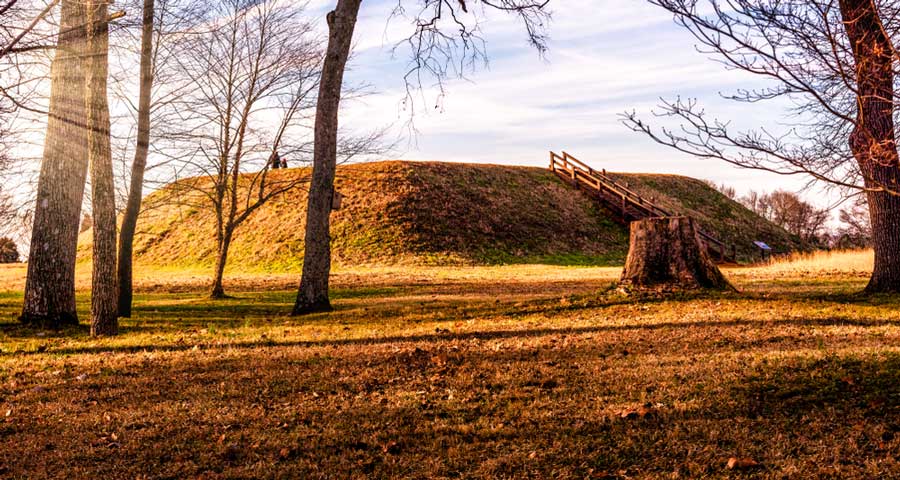
The Etowah Mounds is a prehistoric site near Cartersville, Georgia that was occupied between 1000 and 1500 AD. The site is considered the most intact relic of Mississippian Culture in the southeast region. The Mississippian Culture was a Native American civilization from the area around the Mississippi River valley.
11. James Oglethorpe
James Oglethorpe (1696-1785) was a British soldier and founder of the colony of Georgia. He was a social reformer who believed that “worthy” poor people from England should be resettled in the New World. He arrived in Georgia in 1733 and early on granted land to 40 Jewish settlers against the order of Georgia trustees. He also instituted a ban on slavery and alcohol.
12. Stone Mountain
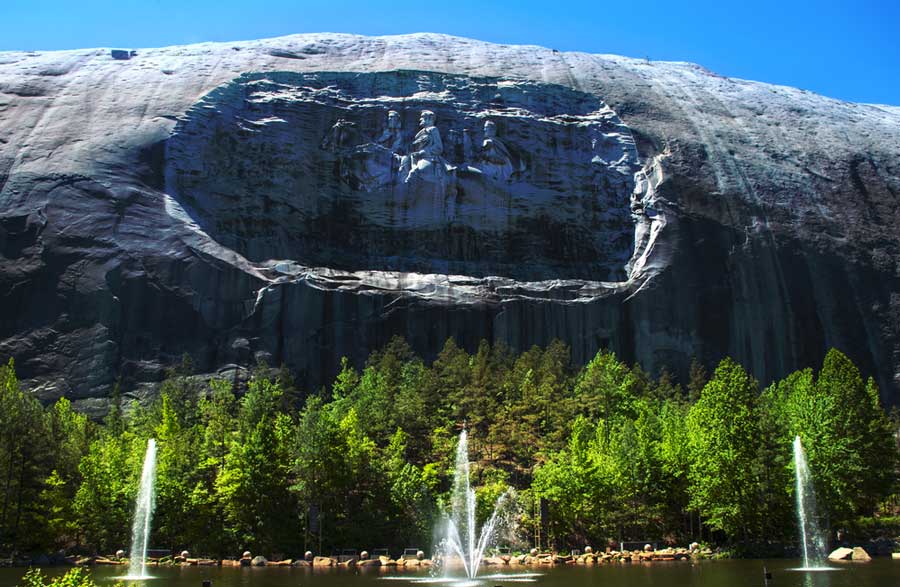
Stone Mountain Park is famous for having the largest bas-relief artwork in the world– depicting three confederate leaders: Jefferson Davis, Robert E. Lee, and Stonewall Jackson. The sculptor, Gutzon Borglum, had ties to the Ku Klux Klan. He also carved Mount Rushmore.
Stone Mountain Park, which was likely always intended as a Confederate memorial, opened 100 years to the day of the assassination of Abraham Lincoln.
13. Franklin Delano Roosevelt
Franklin Roosevelt had a relatively humble cottage in Warm Springs, Georgia that was sometimes called the “Little White House.”
FDR first visited Warm Springs after his polio diagnosis, hoping a soak in the warm water for which the town is named might alleviate some of his symptoms. After witnessing the improvements, FDR remained a frequent visitor to Warm Springs for the next two decades.
14. Jefferson Davis
Jefferson Davis is known as the president of the Confederate States during the Civil War. As the South began to lose the conflict, Davis and some advisors fled south to Georgia as a government in exile.
He was captured shortly after, as he and his men camped by a creek bed. As he attempted to flee, he draped his wife’s coat over his shoulders, leading to a persistent legend that he ran away in women’s clothing.
15. The Appalachian Trail
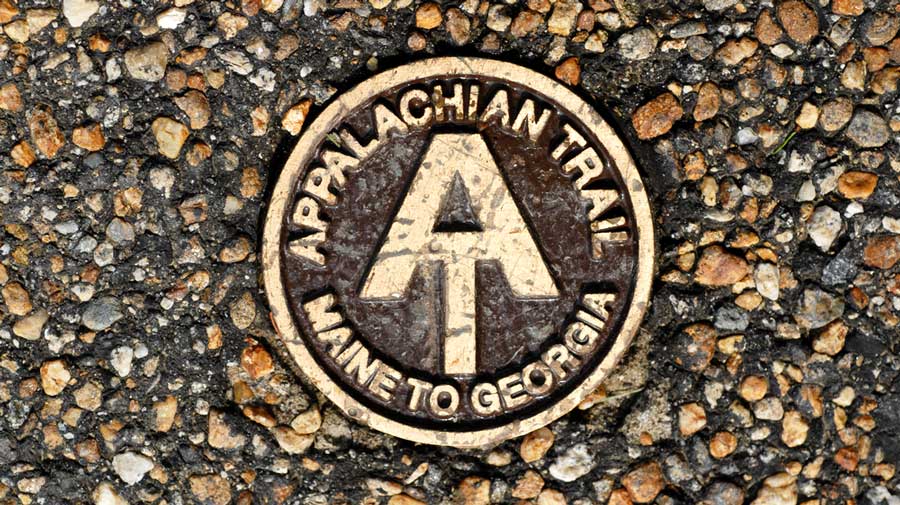
One of the things Georgia is known for is that it marks one end of the 2,200-mile Appalachian Trail. The trail passes through the Blue Ridge section of the Appalachians in Georgia, culminating (or beginning, depending on the hiker’s direction) on Springer Mountain.
16. Georgia’s Little Grand Canyon
Did you know that Georgia has its own “Little Grand Canyon” near the town of Lumpkin? The natural attraction is called Providence Canyon State Park.
The land, originally occupied by the Muscogee Native American tribe, was once a dense forest. Europeans decided to clear the trees to enable farming. Without tree roots holding the dirt in place, massive erosion occurred over time, leading to the massive gullies that exist today.
👉 Read Next: See what states the real Grand Canyon goes through!
17. Babyland General Hospital
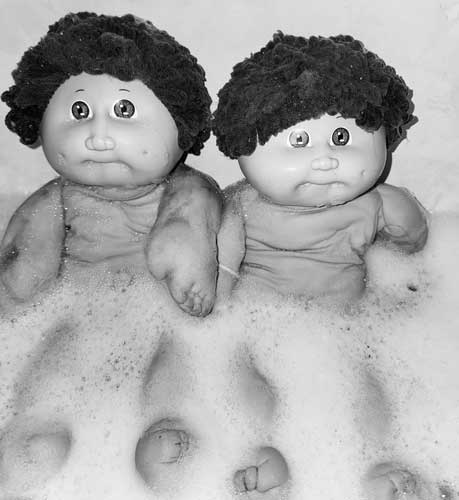
In 1982, an entrepreneur named Roger Schlaifer acquired the rights for “The Little People” dolls, later rebranded to the world-famous “Cabbage Patch Kids” dolls. Schlaifer’s predecessor, Xavier Roberts, sold the Little People dolls out of Babyland General Hospital in Cleveland, Georgia.
Babyland was a medical center converted into a toy store–or rather an “adoption center”– for Cabbage Patch Dolls. It can still be visited.
18. Driftwood Beach
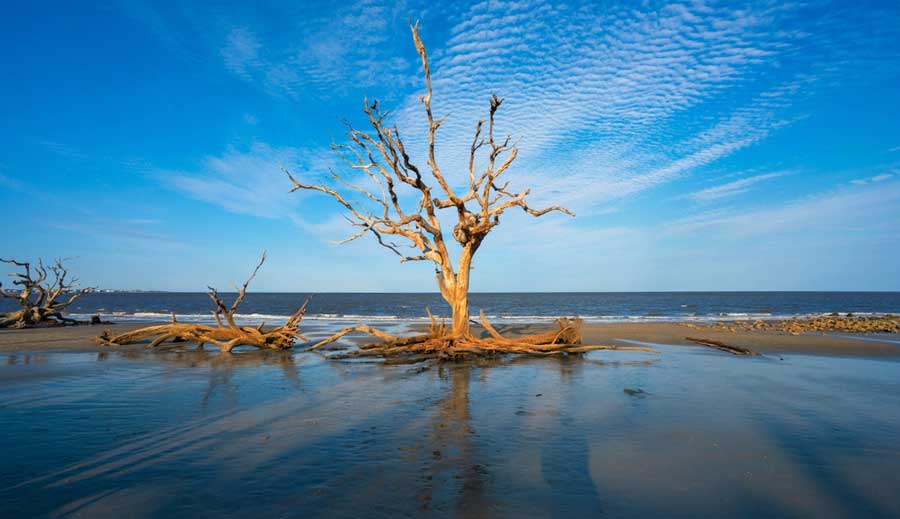
Driftwood Beach is located on Georgia’s Jekyll Island. The beach is covered by massive gnarled trees–the eerie remains of a once-thriving maritime forest. Some consider Driftwood Beach a tree graveyard.
19. Cumberland Island
The Georgia coast contains over 15 barrier islands, and the largest sea island is Cumberland. In the 17th century, the island was inhabited by Native Americans and some Spanish missionary priests. The Spanish abandoned the island after a series of pirate attacks.
In the 18th century, Cumberland (specifically the Miller family) produced a great deal of Sea Island Cotton, with 210 slaves at their plantation.
In the 19th century, the wealthy Carnegie family owned 90% of the island.
20. The Village of Helen
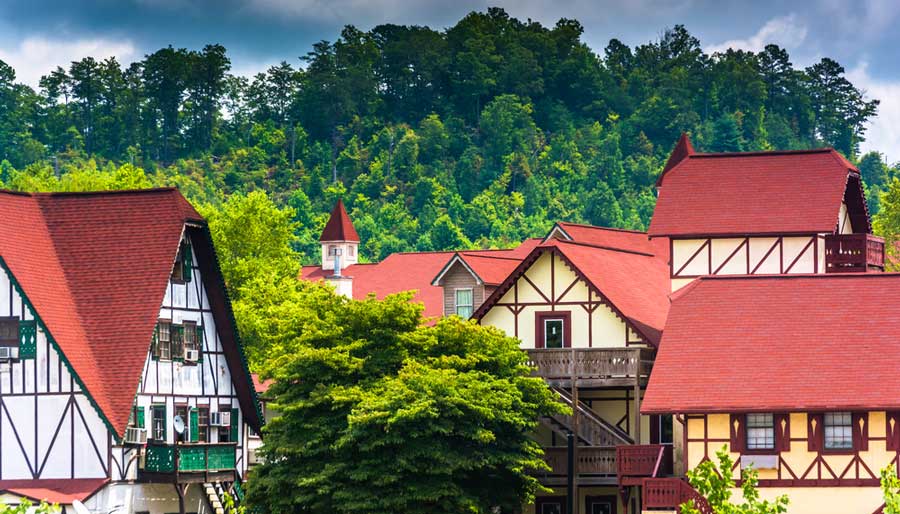
Helen is known as “Georgia’s alpine village.” The town began as a logging town, but as the industry failed, Helen also began to decline. In 1969, the town got a second life when it was reenvisioned as a direct replica of a Bavarian village–located in the Appalachian Mountains instead of the Alps.
21. Centennial Olympic Park
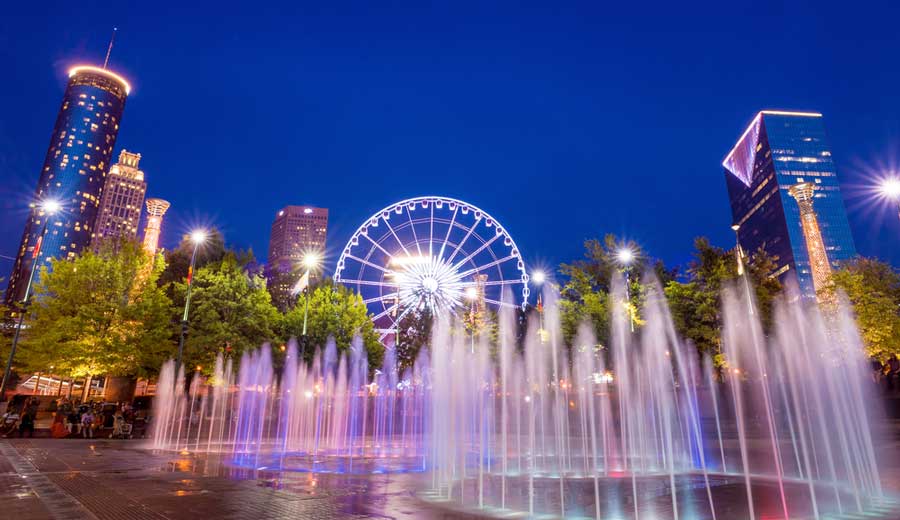
Centennial Olympic Park was built in downtown Atlanta (Georgia’s capital) in preparation for the 1996 Summer Olympics held there. While the park has hosted its share of celebrations and merriment, it was also the location of the 1996 bombing incident during a concert. Two people were killed and over one hundred were injured.
22. Flannery O’Connor
Mary Flannery O’Connor was an American writer from Georgia who is famous for her Southern Gothic stories and novels. Devoutly Catholic, many of Flannery O’Connor’s themes revolved around morality–often issues of racial injustice in the South. She died at age 39 from Lupus. Her childhood home in Savannah is a museum.
❗ Trivia Time: Do you know what states are considered the South?
23. Wineries
Did you know that Georgia is one of the biggest producers of muscadine grapes in the country? Georgia was extremely successful at winemaking at the turn of the 20th century, but the industry disappeared for many decades following Prohibition. Georgia wine-making rebounded again in the 1980s, and now there are many thriving wineries in the northern part of the state.
24. Martin Luther King Jr.
Martin Luther King Jr. was born and raised in Atlanta and attended Morehouse College in the city. As a major leader of the Civil Rights Movement, King joined student sit-ins in Atlanta protesting racial segregation. The King Center was founded by MLK’s wife, Coretta Scott King, and is home to the King crypt.
25. The Atlanta Cyclorama
A cyclorama is a circular panorama that makes the viewer (standing in the center) feel as if they’ve been transported to the scene. There is only a handful of surviving cycloramas, which were popular in the 1880s. One of them is the Atlanta cyclorama, which debuted in Minneapolis but was later moved to Atlanta. It depicts a Civil War battle.
26. The Jekyll Island Club House
The Jekyll Island Club was a social club on Jekyll Island founded in 1886. It closed in 1942 because of impacts from both the Great Depression and World War II. Today, it is a historical landmark that reopened in the 1980s as a luxury resort. The original club played host to multiple rich and famous families: the Vanderbilts, Morgans, and Rockefellers, for instance.
👉 Read Next: What is Each of the 50 States Famous For?
27. Georgia Guidestones
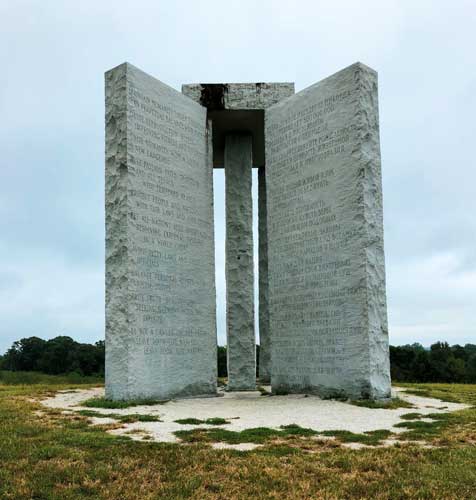
The Georgia Guidestones were standing stones made of granite, likened to “America’s Stonehenge.” The Guidestones have been the topic of much controversy, believed by some to be built by Satanists. In 2022, the Guidestones were partially destroyed by a bombing and later dismantled.
👉 Read Next: What is Kansas Known For?
**
In conclusion: What is Georgia known for?
It’s home to the Coca-Cola headquarters, Cabbage Patch Kids, and the Georgia peach. This southern state has a lot of unique natural attractions, American Civil War sites, and Civil Rights history.
There are even some eerie attractions, like Driftwood Beach and Bonaventure Cemetery. You’ll have to visit Georgia to see for yourself!


